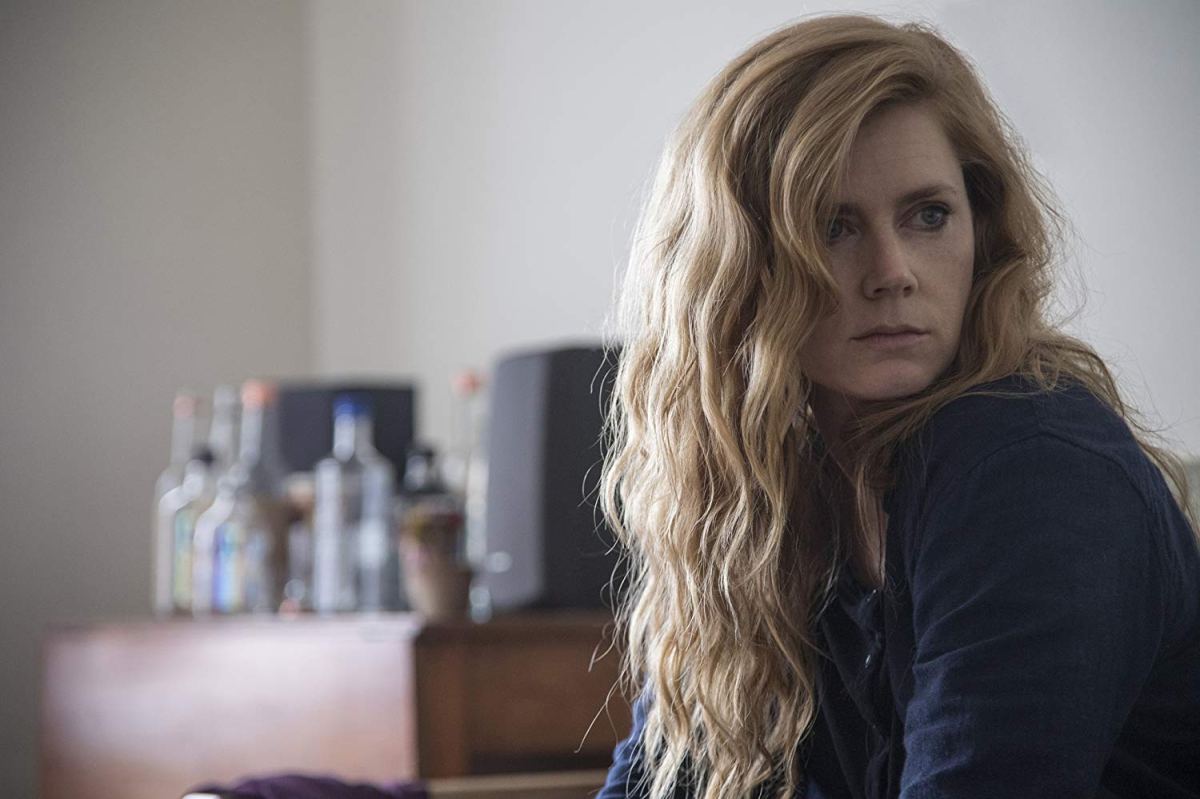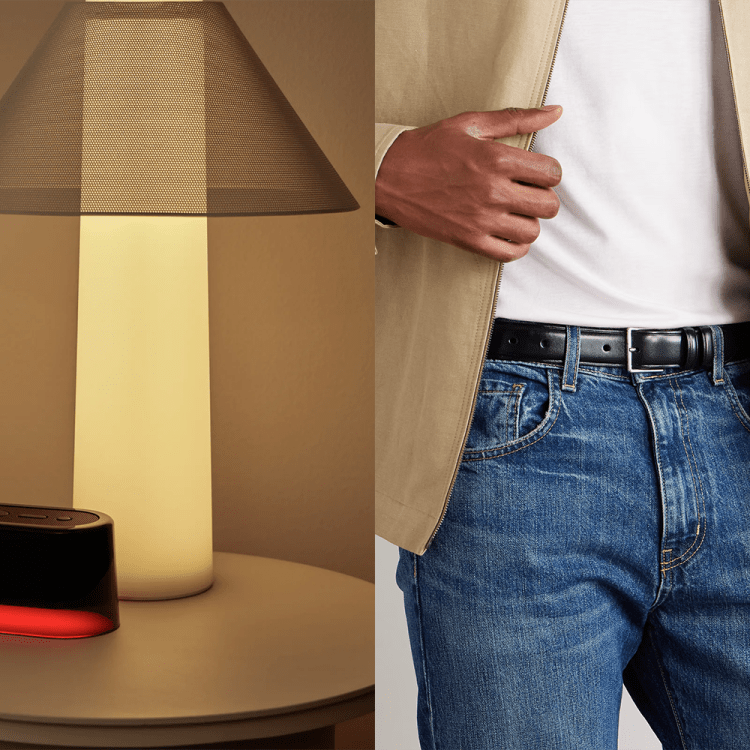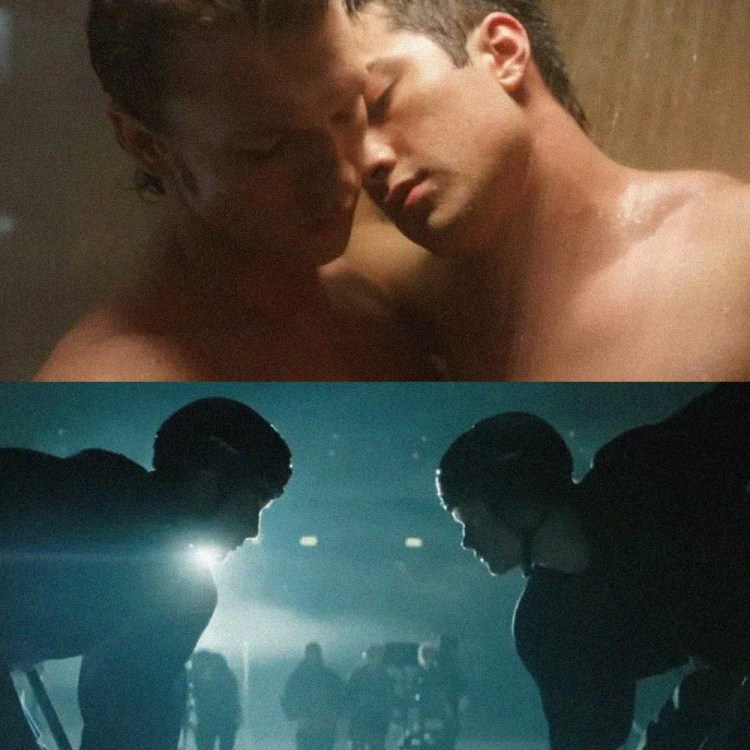Hollywood has long preferred an alternate depiction of journalists, namely when it comes to women. The reality is that journalists are just always on their phone. But on television and in film, the fictional lady reporter looks like Camille Preaker, the main character of HBO’s Sharp Objects.
Camille, played by Amy Adams, has a lackluster reporting method from the start. She is constantly inebriated. She breaks ethical boundaries and lies to her editor. She does not seem to document any of her interviews. And then, she sleeps with someone who is 18 years old, a murder suspect, and one of her primary sources.
The Atlantic writes that “for some reason, and despite all assurances from reporters to the contrary, Hollywood is stuck on the idea that female journalists are having sexual relationships with their bosses, their sources, or both.” In House of Cards, Zoe Barnes trades sex with Kevin Spacey’s Frank Underwood in exchange for stories. Heather Holloway, in the movie Thank You For Smoking, seduces a lobbyist and then exposes everything he told her privately. Rory Gilmore sleeps with a source, falls asleep during an interviews and goes to meetings completely unprepared.
These fictional tropes have real-world consequences. The trend of portraying women reporters as “poisonous and promiscuous was creating a toxic environment for real journalists,” wrote Marin Cogan for New York. These depictions matter, especially now, when Americans trust journalists and their methods less than ever.
Thanks for reading InsideHook. Sign up for our daily newsletter and be in the know.


















